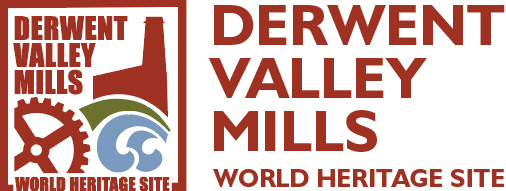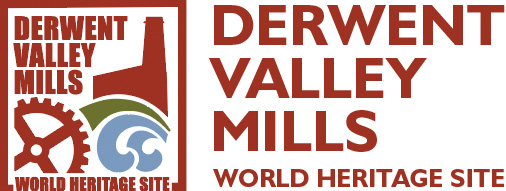Visits and Trips

Visits and Trips
Introduction and Site Background
The Derwent Valley was the place where a mechanically powered factory system was developed for the textile industry by Richard Arkwright and others in the eighteenth century. The Valley has been called ‘the cradle of the factory system’. The factory system that was developed here changed a whole way of life.
In 2001 the critical role that the Derwent Valley played in the Industrial Revolution was recognised by UNESCO, when it was added to the World Heritage List. The World Heritage Site consists of a 24km length of the lower Derwent Valley in Derbyshire in the East Midlands of England stretching from Matlock Bath in the north to Derby city centre in the south. It includes within its boundaries a series of historic mill complexes, river weirs, associated settlements and transport networks.
Brief Background:
The Derwent Valley Mills World Heritage Site is a cultural landscape where the development of the early stages of the Industrial Revolution can be traced. Because subsequent development of the cotton textile industry took place in Lancashire, the landscape has remained for the most part unaltered and preserved, with the cultural landscape of mills, housing, schools and churches surviving very much as they were two hundred years ago.
What to Study?
Studies that focus on the World Heritage Site and its industrial importance could include a wide variety of curriculum areas including History, Art and Design, Design Technology, Geography, Literacy, Numeracy, Science, Citizenship and Music. Many of the mill sites offer specific programmes of visits or are able to tailor make a visit to your pupil’s needs and requirements, see below.
Preparing for a Visit
It is important that, when preparing for a visit, schools and college make themselves aware of their Local Education Authorities’ Guidelines for carrying out fieldwork. The Local Education Authorities have guidelines for carrying out risk assessments and visiting schools should follow these when visiting site within the Derwent Valley Mills World Heritage Sites. Where sites offer educational and fieldwork activities the on site leaders will have carried out risk assessments for the activities that will help inform your planning.
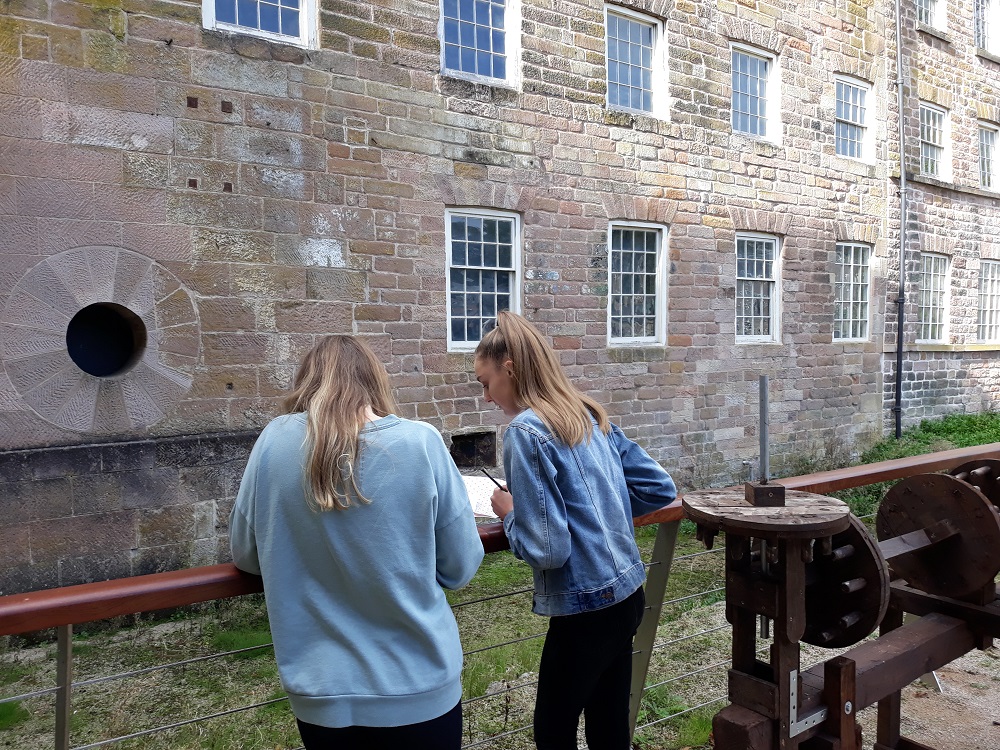
Cromford Mills Educational Visits
Cromford Mills - Educational Visits for Schools. A schools resource of high quality using methodology which acts as a model for all.
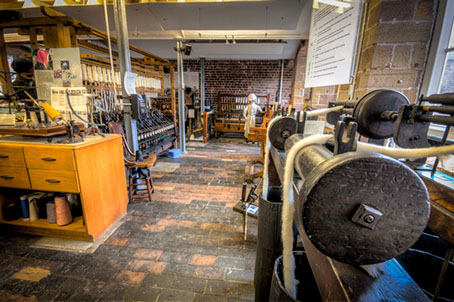
Strutt's North Mill
Strutt’s North Mill is the perfect place for an Education Day. Children can explore what life was like for a millworker and better understand the Industrial Revolution.
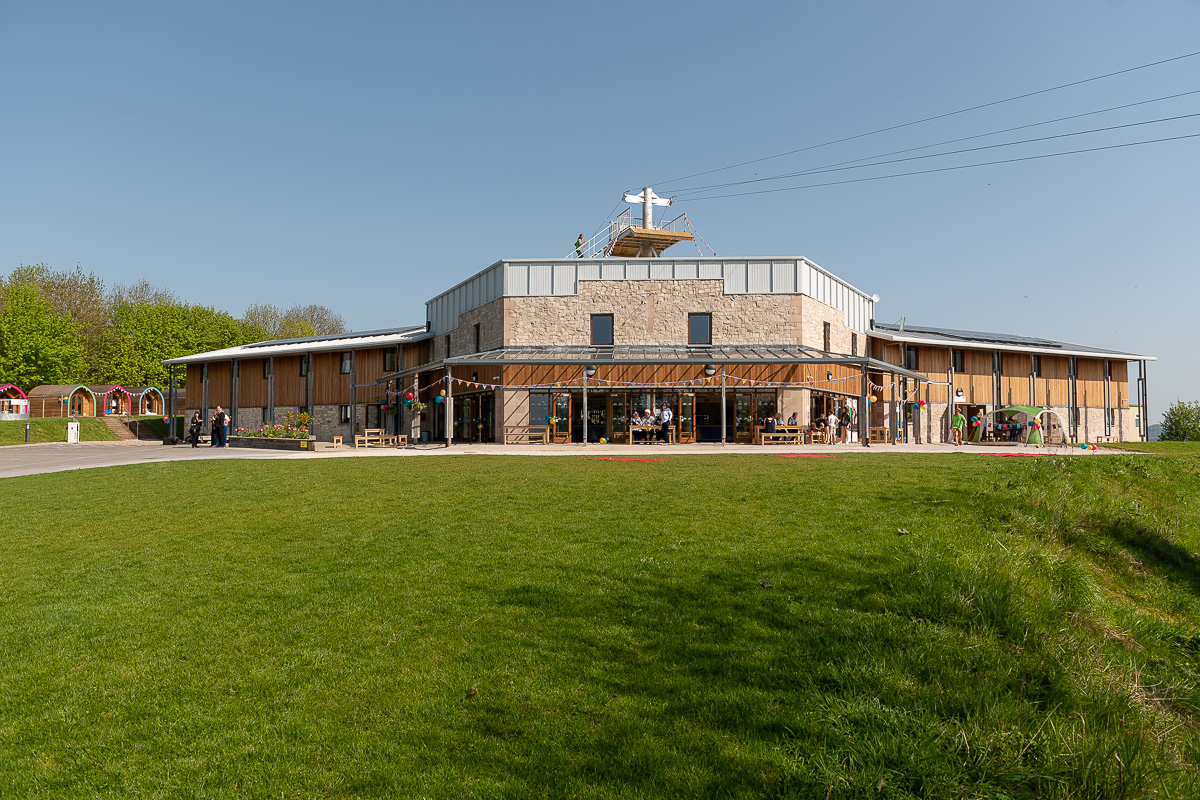
Mount Cook
Mount Cook is a not for profit organisation with an eco-friendly ethos that provides high quality residential experiences and activity days.
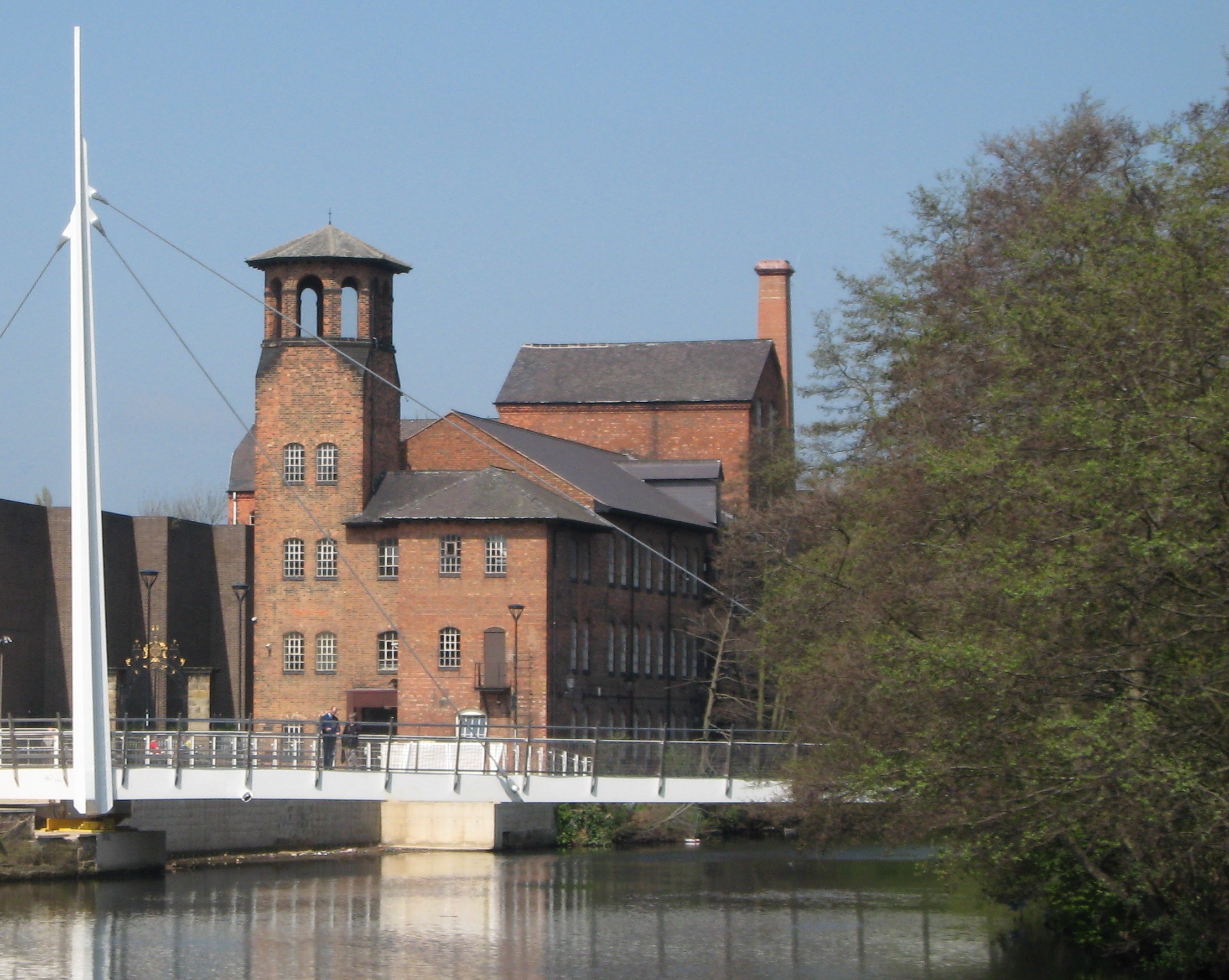
Derby Museums
Derby Museums offers a wealth of school sessions across their city centre sites: Pickford's House and Derby Museum and Art Gallery.
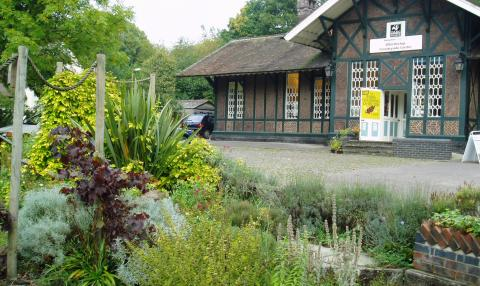
The Whistlestop Centre
Derbyshire Wildlife Trust provides hands-on activities at our Whistlestop Centre, designed to help children of all ages and abilities discover and understand the natural world around them. Situated in the old railway station buildings in Matlock Bath, beside the river Derwent and nestled below the spectacular High Tor Woods, activities focus on celebrating the landscape of the World Heritage Site.
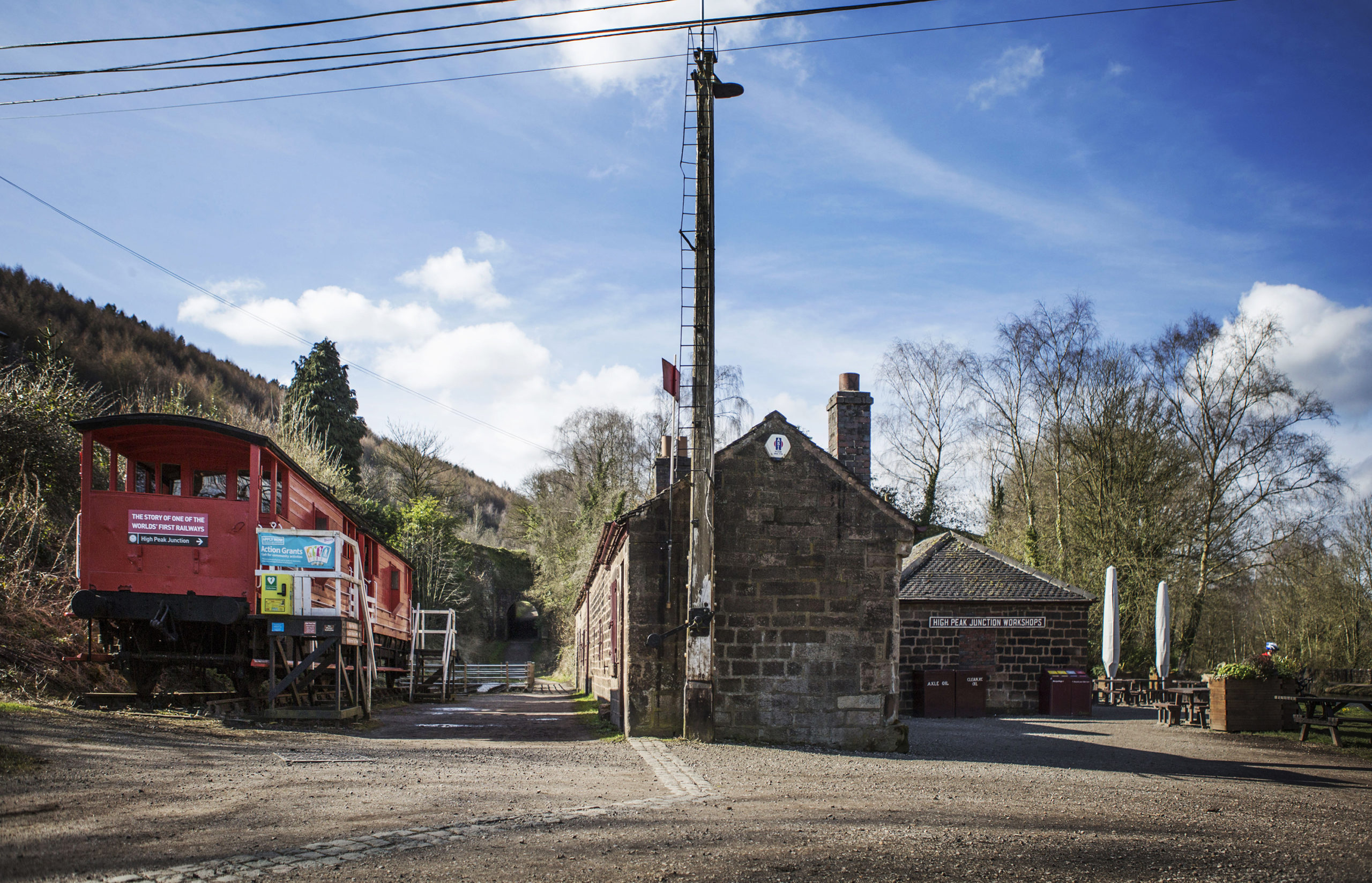
High Peak Junction
Self-led visits and trips for school groups at High Peak Junction and Leawood Pumphouse with downloadable activities and resources to borrow
